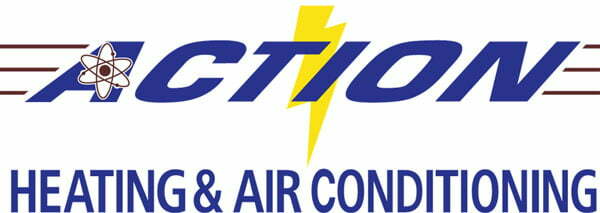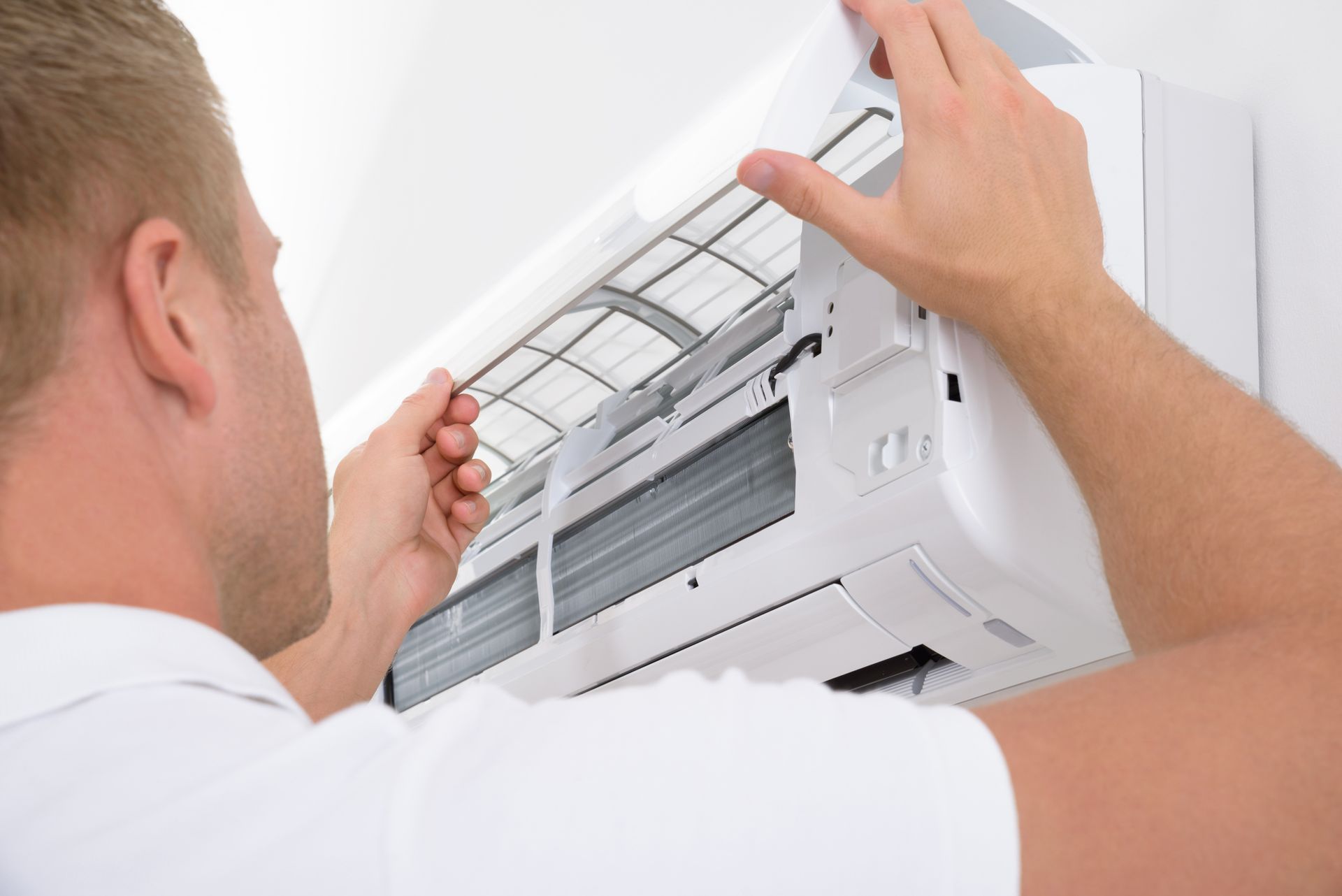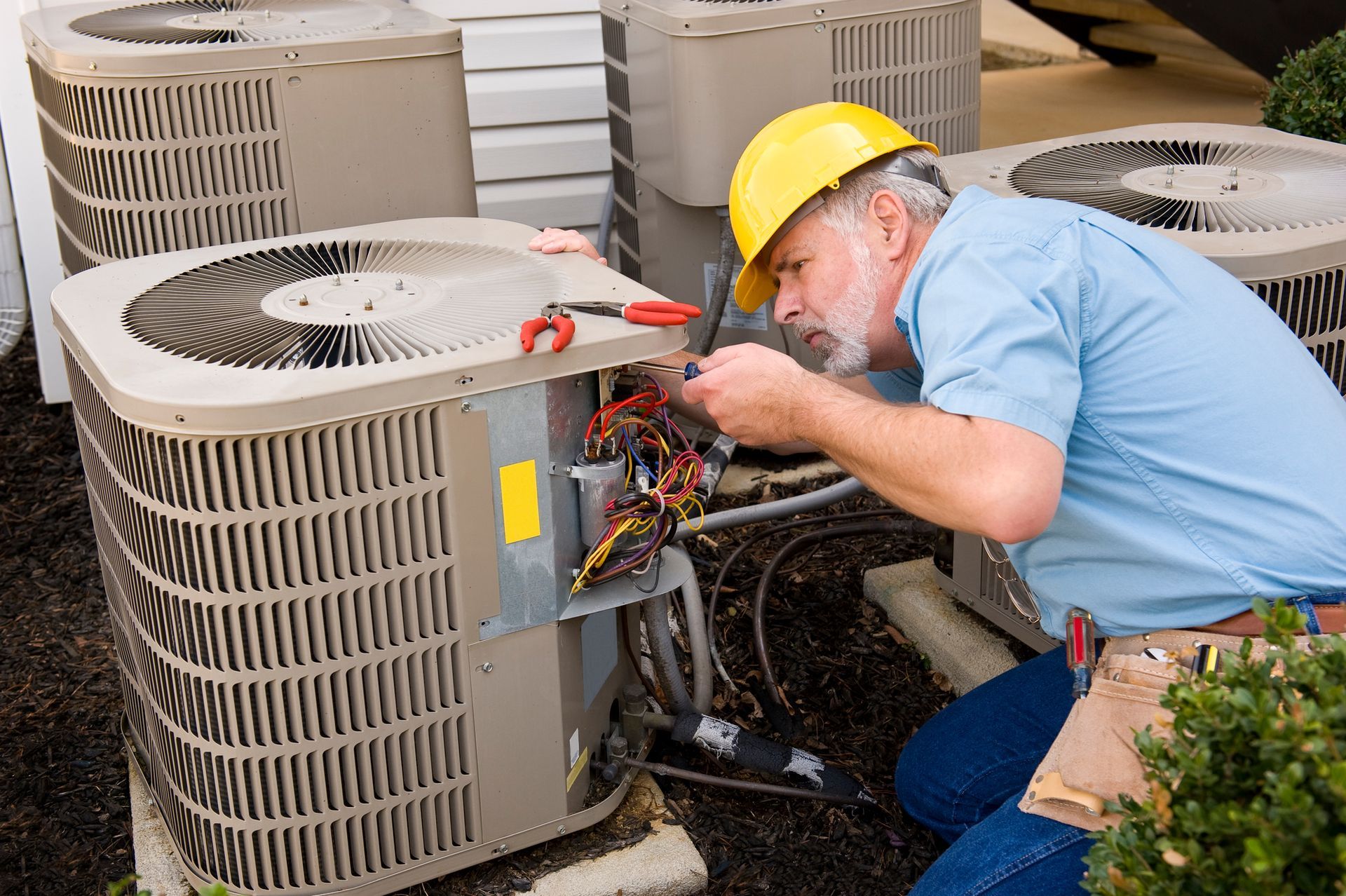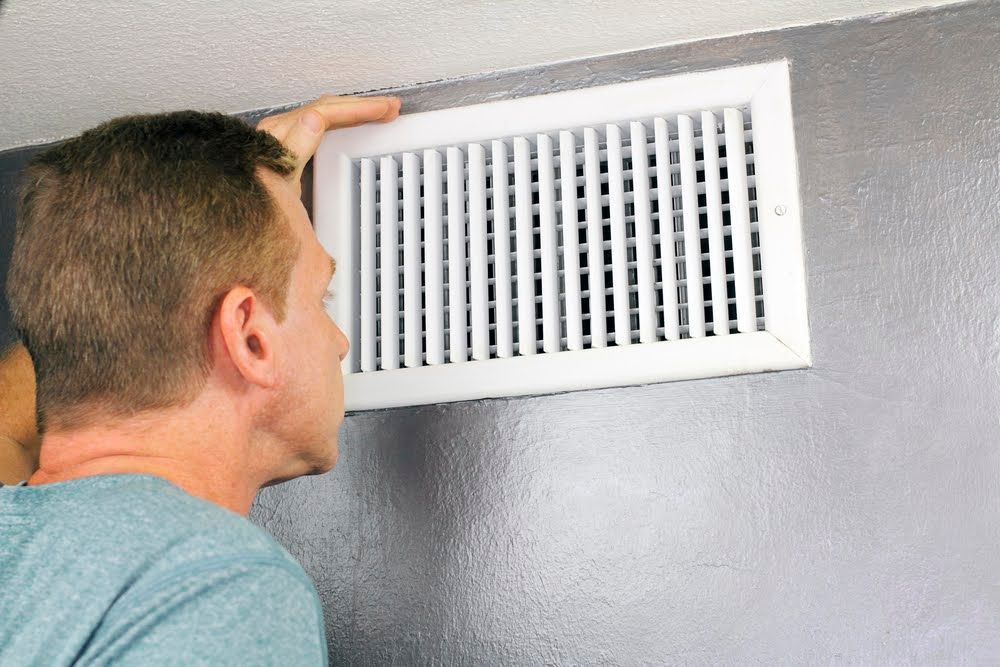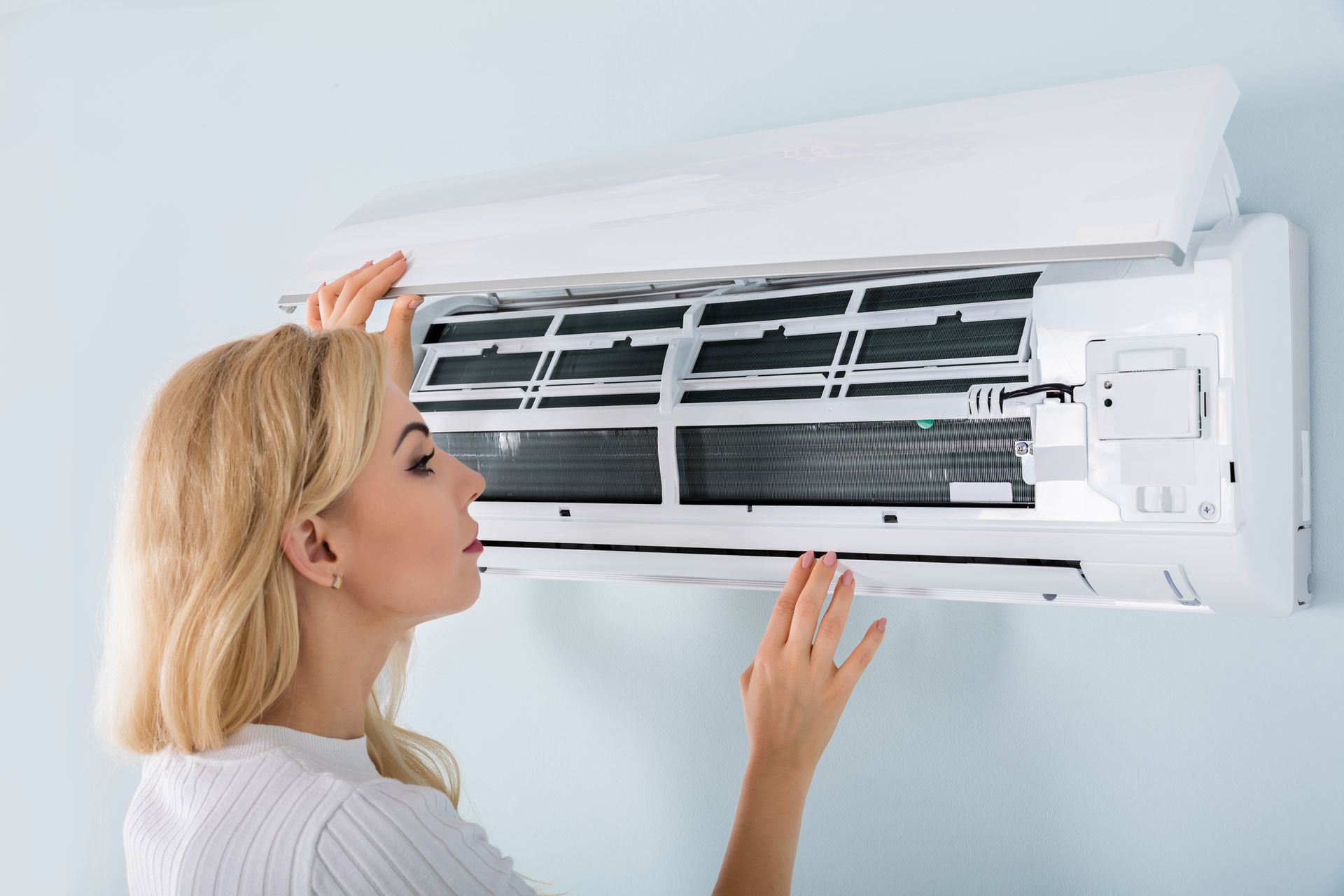Monday to Friday: 8 AM to 5:00 PM
Saturday to Sunday: Closed
Call For 24/Hour Emergency Service
The Importance of Indoor Air Quality

Indoor air quality is a topic that often goes overlooked, yet it plays a crucial role in our overall health and well-being. It's important to understand the impact that indoor air quality can have on your health.
What is Indoor Air Quality?
Indoor air quality (IAQ) specifically relates to how the air affects the health and comfort of building occupants, including aspects such as temperature, humidity, and levels of pollutants. IAQ can be affected by a variety of factors, including outdoor air pollution, building materials, cleaning products, and even your own behaviors.
The Effects of Poor Indoor Air Quality
Poor indoor air quality can lead to a range of health issues – from minor irritations to more serious respiratory problems. Common symptoms of exposure to poor IAQ include headaches, dizziness, fatigue, and irritation of the eyes, nose, and throat. Long-term exposure can even contribute to chronic conditions such as allergies and asthma. In extreme cases, exposure to pollutants in indoor air has been linked to more serious health issues such as lung cancer.
Understanding Indoor Air Pollutants
There are several different types of pollutants that can affect indoor air quality. These include particulate matter (such as dust, pollen, and pet dander), volatile organic compounds (VOCs) emitted from cleaning products and building materials, and biological pollutants such as mold and bacteria. These pollutants can enter your indoor environment through a variety of sources, including outdoor air, household products, and human activities.
Improving Indoor Air Quality
Fortunately, there are steps that you can take to improve indoor air quality and protect your health. The first step is to identify potential sources of pollutants in your home or workplace. Once identified, you can take action to reduce or eliminate these sources. This may include switching to natural cleaning products, using air filters or purifiers, and properly ventilating your spaces.
Importance of Proper Ventilation
Ventilation plays a crucial role in upholding optimal indoor air quality. By facilitating the circulation of fresh outdoor air and eliminating pollutants within the indoor setting, proper ventilation ensures a healthier environment. Additionally, it aids in controlling temperature and humidity levels, fostering a comfortable indoor atmosphere for occupants.
The Role of Air Filtration
Air filters play a crucial role in enhancing indoor air quality. By capturing pollutants that flow through the HVAC system, they prevent these harmful particles from spreading throughout the building, creating a healthier environment for occupants. Regularly replacing air filters is key to maintaining their effectiveness and efficiency, ensuring that the air remains clean and safe for all.
Taking Control of Your Indoor Air Quality
While it may seem overwhelming to think about all the potential sources of indoor air pollutants, there are simple steps that you can take to protect your health and improve the quality of the air you breathe. By identifying and addressing potential sources of pollution, properly ventilating your space, and utilizing tools like air filters, you can ensure that your indoor environments are as healthy and comfortable as possible.
Indoor air quality is a crucial aspect of your overall health and well-being. By understanding the effects of poor IAQ and taking steps to improve it, you can protect yourself and your loved ones from potential health risks. Remember to regularly assess your indoor environment for potential sources of pollutants and take action to reduce them. With proper ventilation, air filtration, and conscious decision-making, you can all breathe easier in your indoor spaces. So, it is important to prioritize the quality of your indoor air and take control of your IAQ for a healthier life.
Contact us to learn how we can help you improve your indoor air quality.
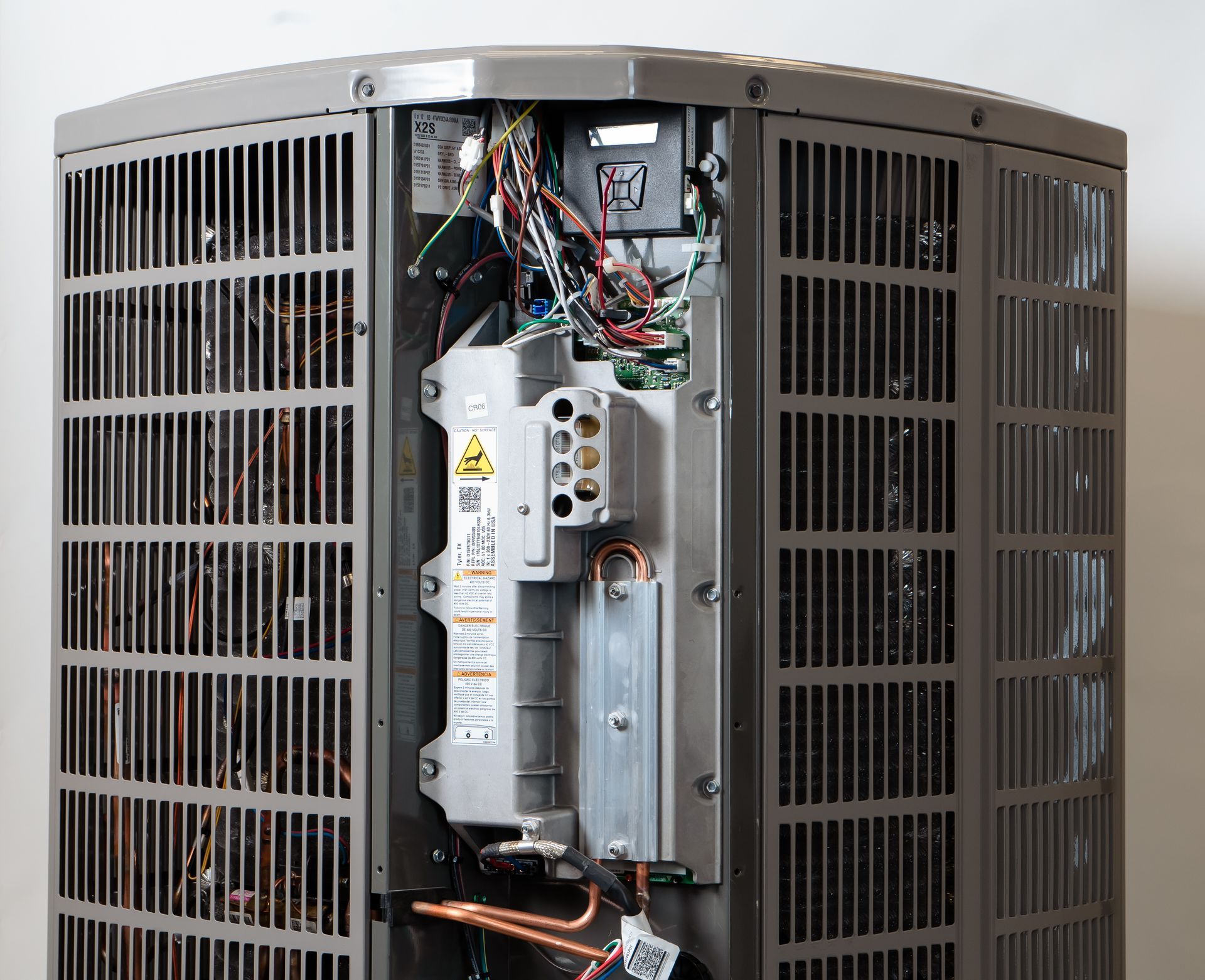
Contact Us
We will get back to you as soon as possible.
Please try again later.
Contact Us
We will get back to you as soon as possible.
Please try again later.
Address:
134 Masters Drive, St. Augustine, FL 32084
Office Hours
Monday to Friday: 8 AM to 5:00 PM
Saturday to Sunday: Closed
24-Hour Emergency
